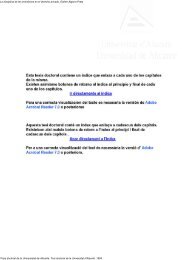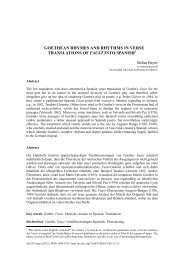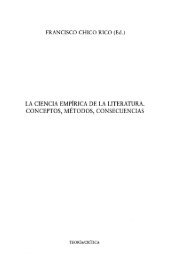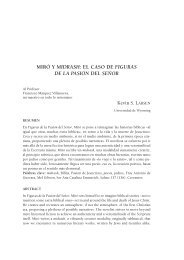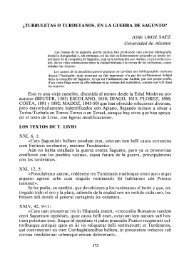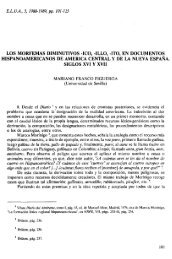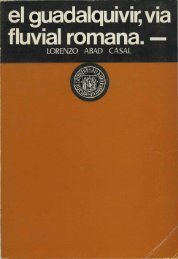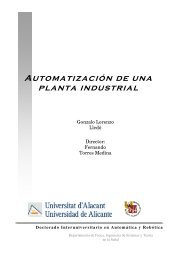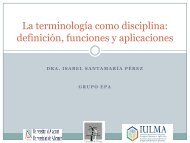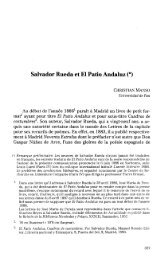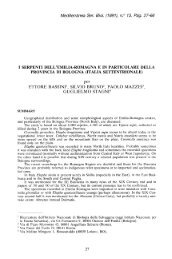ecological effects of marine protected areas empafish project ...
ecological effects of marine protected areas empafish project ...
ecological effects of marine protected areas empafish project ...
Create successful ePaper yourself
Turn your PDF publications into a flip-book with our unique Google optimized e-Paper software.
EMPAFISH Booklet no. 1 Ecological <strong>effects</strong> <strong>of</strong> Atlanto-Mediterranean MPAs in the EU<br />
The population <strong>of</strong> the MPA did not reveal any genetic differentiation compared<br />
to surrounding <strong>areas</strong> (Lenfant 1998). Comparing D. sargus genetic structure<br />
within Cerbère/Banyuls with un<strong>protected</strong> sites, and with other MPAs –<br />
including other EMPAFISH case studies, such as Cabo de Palos and Tuscany<br />
archipelago, as well as control, un<strong>protected</strong> sites (González Wangüemert et<br />
al. 2002, 2004; Pérez Ruzafa et al. 2006), it is observed that <strong>protected</strong> <strong>areas</strong><br />
show significant higher allelic richness than un<strong>protected</strong> sites. In parallel,<br />
islands showed lower level <strong>of</strong> heterozygosis and higher heterozygote deficit<br />
compared with coastal <strong>areas</strong>, making clear the importance <strong>of</strong> considering the<br />
connectivity processes when designing an MPA.<br />
48<br />
o Benthic assemblage<br />
The abundance and size structure <strong>of</strong> sea urchins (Paracentrotus lividus) have<br />
been compared between partial reserve and un<strong>protected</strong> <strong>areas</strong> (Laspougeas<br />
1994; Skaki 1997; Lecchini 1999) in relation with the fishing pressure (Binche<br />
1987). Density <strong>of</strong> edible sea urchins (P. lividus) was three times higher within<br />
the <strong>marine</strong> reserve together with an average larger size inside the MPA.<br />
Similar approach was also undertaken for Mytilus galloprovincalis (Jacquet<br />
1999) considering both the MPA effect together with the location and the<br />
accessibility. The result shows a larger size <strong>of</strong> individuals in the MPA, but the<br />
distribution is extremely biased by the accessibility <strong>of</strong> the mussels.<br />
� Fish movement (including spillover)<br />
A preliminary work was targeted into the determination <strong>of</strong> a biomass gradient<br />
through the MPA limits (Garcia-Charton & Planes 2002) considering the<br />
variability in the substratum. The result demonstrated a significant gradient in<br />
the southern <strong>areas</strong> and not in the northern, suggesting some export <strong>of</strong><br />
biomass from the MPA. Within the CE <strong>project</strong> BIOMEX (http://biomex.univperp.fr),<br />
studies have been undertaken to test the hypothesis that spillover<br />
from MPAs to neighbouring <strong>areas</strong> should have as consequence the observation<br />
<strong>of</strong> gradients <strong>of</strong> fish biomass across boundaries. In Cerbère/Banyuls, this<br />
hypothesis is going to be tested by using UVC, baited video, collection <strong>of</strong> fish<br />
eggs and larvae by plankton nets, and experimental fishing as sampling<br />
techniques, following a sampling design including several sites inside the MPA<br />
plus other sites outside the MPA (to the North, and to the South). Results <strong>of</strong><br />
these studies are being analysed at present.<br />
Tele-acoustic works are under development presently to investigate<br />
movement <strong>of</strong> grouper and sparidae, across the MPA boundaries.<br />
� Effects on habitat (including impact <strong>of</strong> divers)<br />
The MPA <strong>of</strong> Cerbère/Banyuls receives ca. 25,000 divers per year, this activity<br />
concentrating mostly in summer, and principally in 2 diving spots. Impact <strong>of</strong><br />
divers on benthos are under survey by comparing, each year, the density <strong>of</strong> a<br />
series <strong>of</strong> benthic species selected as indicators (algae, sponges, cnidarians,<br />
echinoderms, bryozoans, polychaetes and ascidians) just before and after



